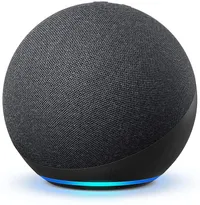7 tips to make your smart home even smarter — an expert weighs in
How to get the most out of your smart home devices
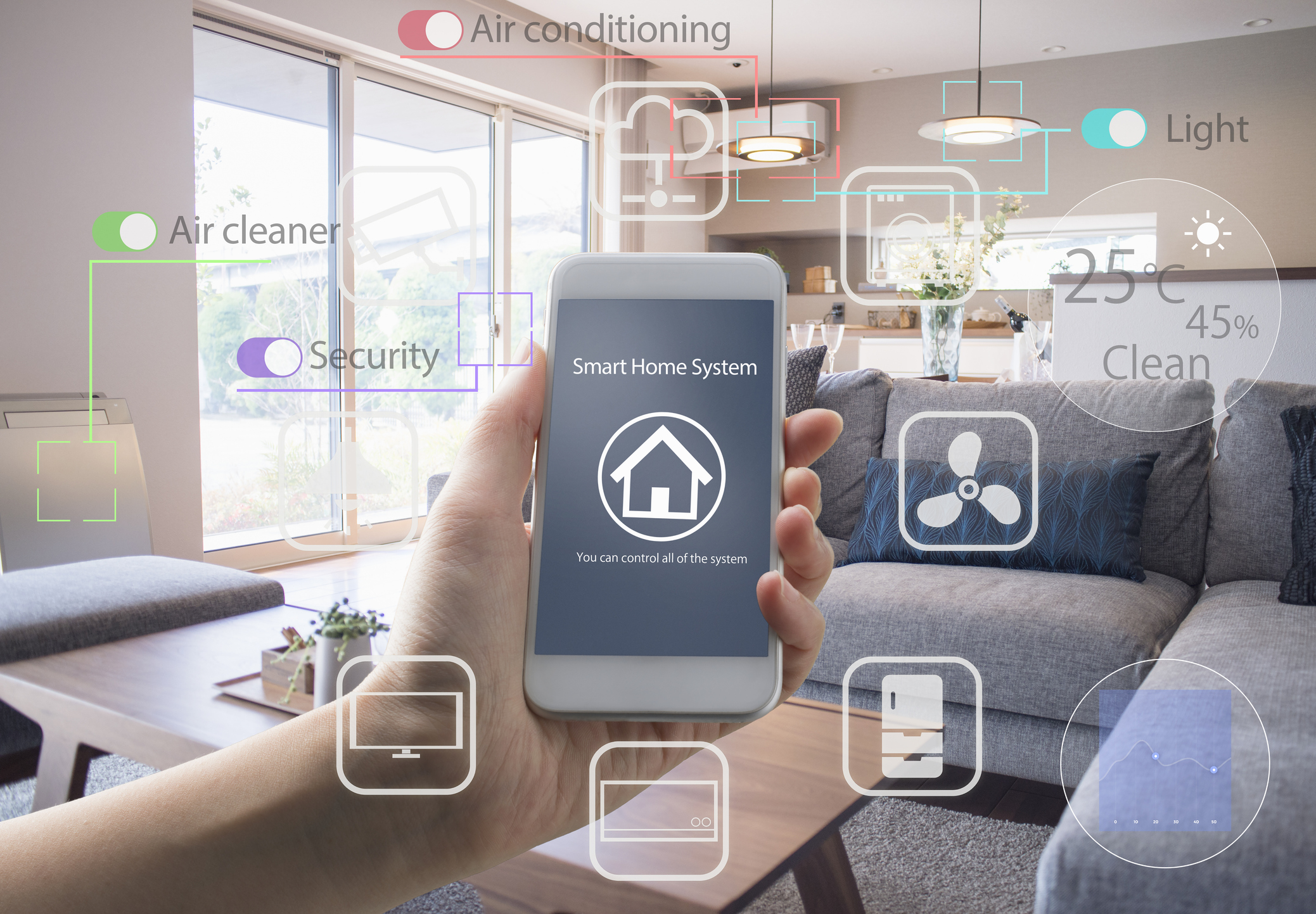
Smart home devices are designed to make our lives easier, but every time we are attracted to another gadget to boost household management, improve energy efficiency or, increase our home security, we could, in fact, be doing the reverse.
Instead of lightening the burden, each time we add another smart home device, we could be making our lives more complicated. But this doesn’t need to be the way. All it takes is some careful consideration and planning before you upgrade your home with a plethora of smart home tech.
To ensure you get the very best out of your smart home setup, I asked a smart home expert to share his top seven tips.
1. Be prepared — consider what you need

“Even though the idea of getting an automated and futuristic home sounds appealing, it is good to prepare and be cautious to make the right choices in order to have a seamless and productive installation,” says Victor Zhang, technology expert and chief technology officer of PCB AIR.
Zhang adds that one of the main pitfalls is buying smart devices separately without thinking about how those devices will communicate with one another, “leaving a house full of talking devices.”
To manage this issue, he suggests working out what you need, and says, “Check if you need lighting the most, security, comfort, or power saving.”
Once you’ve done this, he recommends choosing one central system, such as Google Home, Alexa, Apple HomeKit, or Matter, and sticking with it.
Get instant access to breaking news, the hottest reviews, great deals and helpful tips.
2. Buy only what will make your life easier
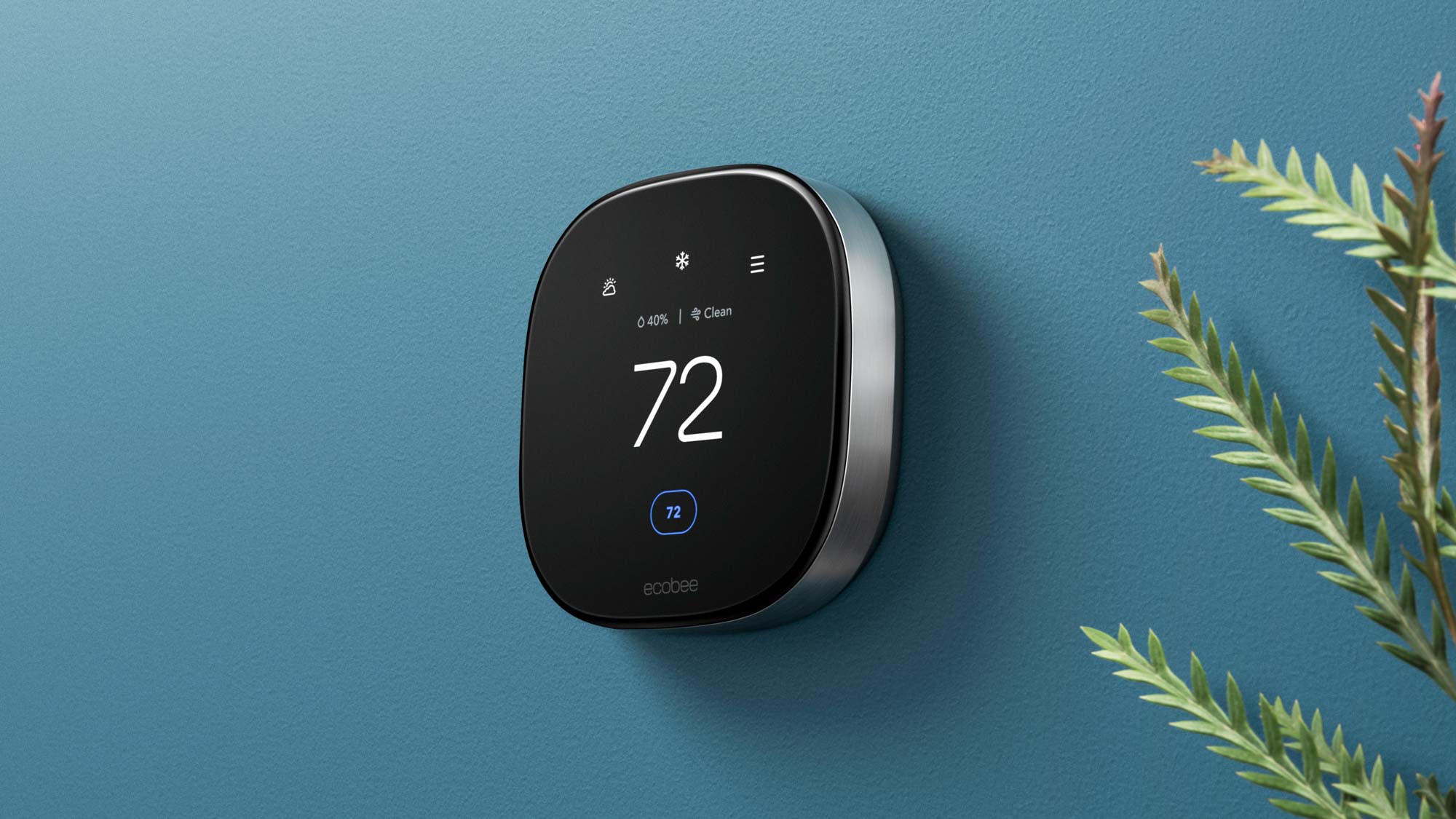
It can be easy to get swayed by the latest smart home gadget, with Zhang giving examples of smart egg crates, Wi-Fi trash cans, or voice-operated curtains. Instead of buying every smart home device, he suggests asking yourself, “Does this rid you of a daily nuisance?”
While he appreciates that one of the best smart thermostats will save you money, adapt automatically and add real value, a Bluetooth coffee mug won’t make your life much better. And with this philosophy, he says, “Buy fewer gadgets, but buy the ones that rid you of nuisances that afflict you on a daily basis.”
3. Think compatibility
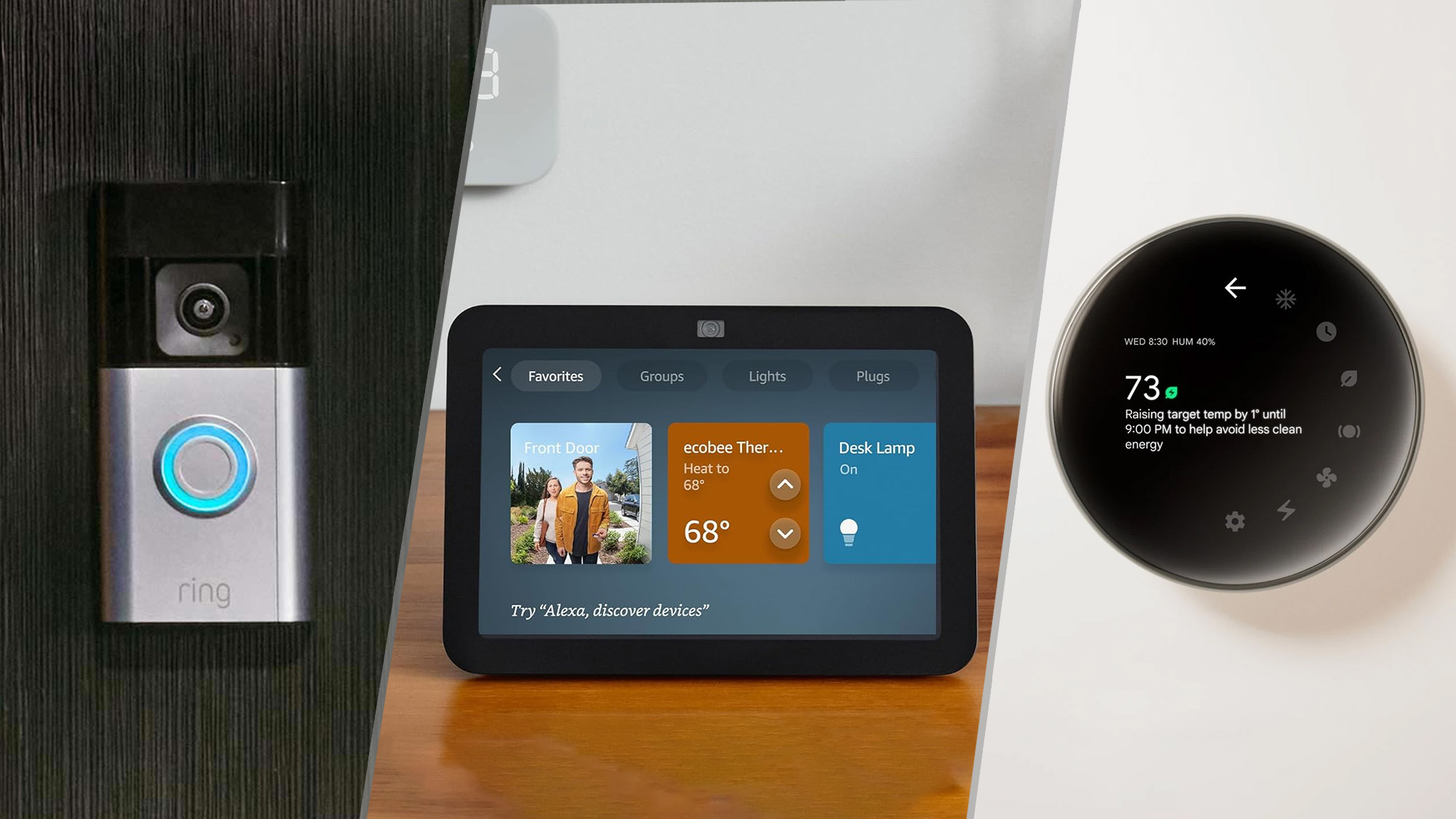
When setting up your smart home, one major consideration is compatibility and how your devices will talk to each other. Zhang explains that if you ignore this step, you could “unpack the box on your new smart lock and find that it doesn’t get along with your voice assistant or security hub.”
And he adds that it’s not the brand names you need to worry about but the protocols, such as Zigbee, Z-Wave, Matter, Thread, and Wi-Fi, as they need to be able to communicate in the same language.
To ensure your smart devices are compatible, he suggests checking the product boxes for compatibility stamps or searching online forums to find out what configurations other users have found to work successfully.
Amazon's Echo Dot is recommended as the best smart home hub for most people in our buying guide. It has Wi-Fi, Bluetooth, Zigbee, Matter, acts as an eero extender, has motion and temperature sensors, and can listen for smoke alarms and glass breaking.
4. Check your Wi-Fi

While it may seem like a no-brainer, before you start investing in smart home gadgets, Zhang suggests checking the quality of your Wi-Fi signal. If your signal is poor, he says your smart lights might not come on, your smart locks will lag, or your cameras will freeze at the wrong time.
“A preferable alternative is a mesh Wi-Fi system,” he says. “It sends a wholesome signal to the farthest corners of your home.”
At Tom’s Guide, we recommend the Netgear Orbi 870 as the best Wi-Fi mesh system in our best Wi-Fi routers buying guide.
To encourage a better Wi-Fi signal, he also suggests placing routers where your smart gadgets are located, which means in the garage for smart locks, the kitchen for appliances, and the backyard for cameras.
5. Think about your future needs
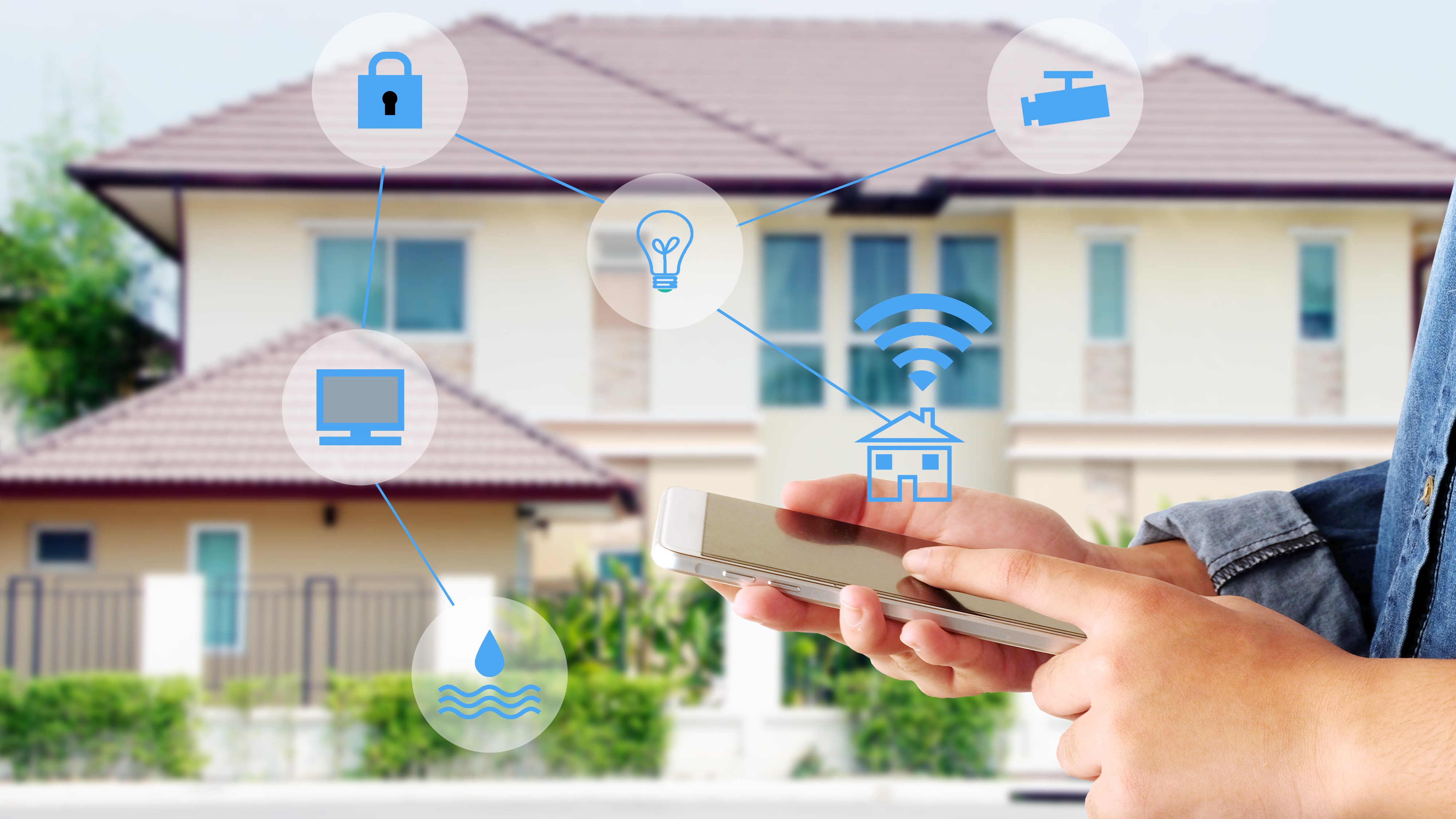
Instead of just focusing on the present, Zhang suggests planning ahead. “Most individuals buy smart devices for their current home only. They will forget that they may add more in the future or even move homes.
“Suppose your hub is limited to 10 devices. What do you do when you have more?” While he adds, “If you buy Wi-Fi devices in sets, your network will jam when you add extra.”
To prevent this from becoming a problem, he recommends buying a system that can handle your growth, and advises, “Pre-planning today will save you dollars and headaches tomorrow.”
6. Keep it simple
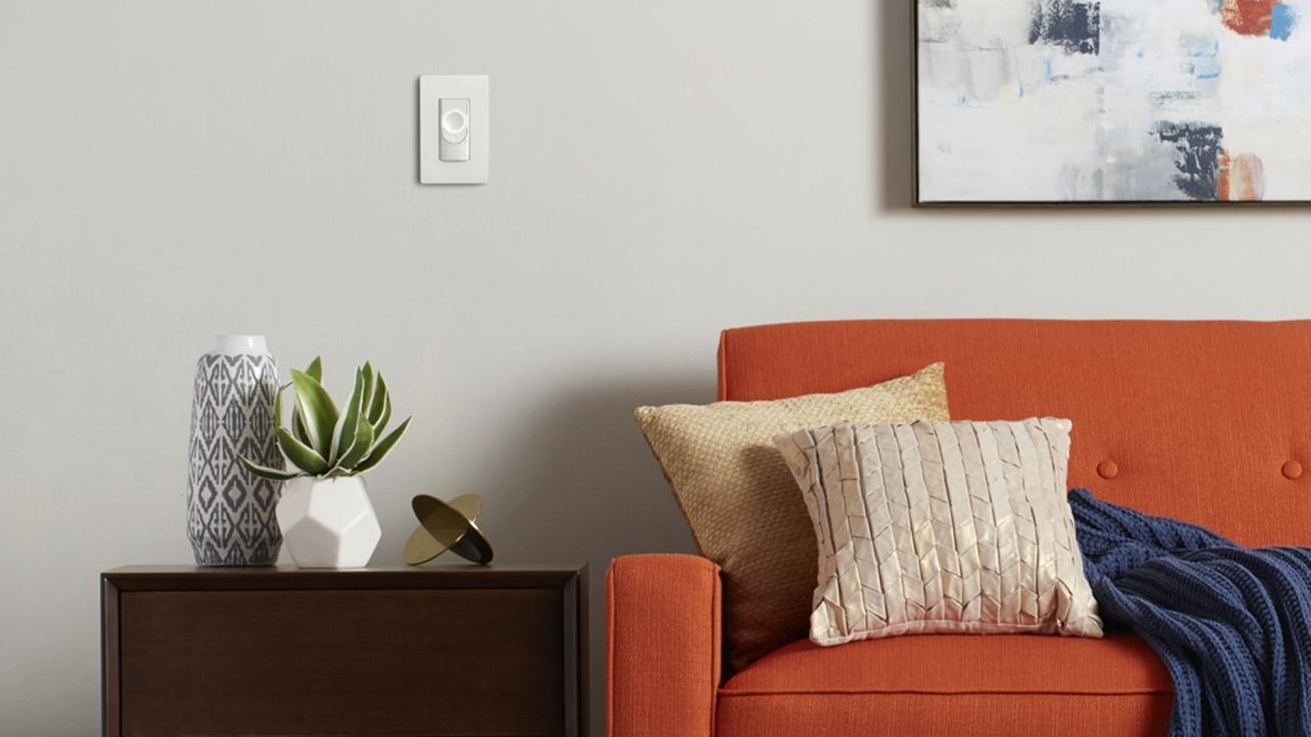
“A smart home should make life easier, not feel like mission control,” says Zhang.
He gives the example of a bad user experience, “I’ve seen systems where turning on a light takes three steps in an app. That usually makes people stop using it.”
So before making a purchase, he recommends, “Can my kids, partner, or guests use this? If not, go for simpler solutions — motion sensors, voice controls, or smart switches that perform the same actions as normal switches.”
7. Don’t forget to make your smart appliances smarter
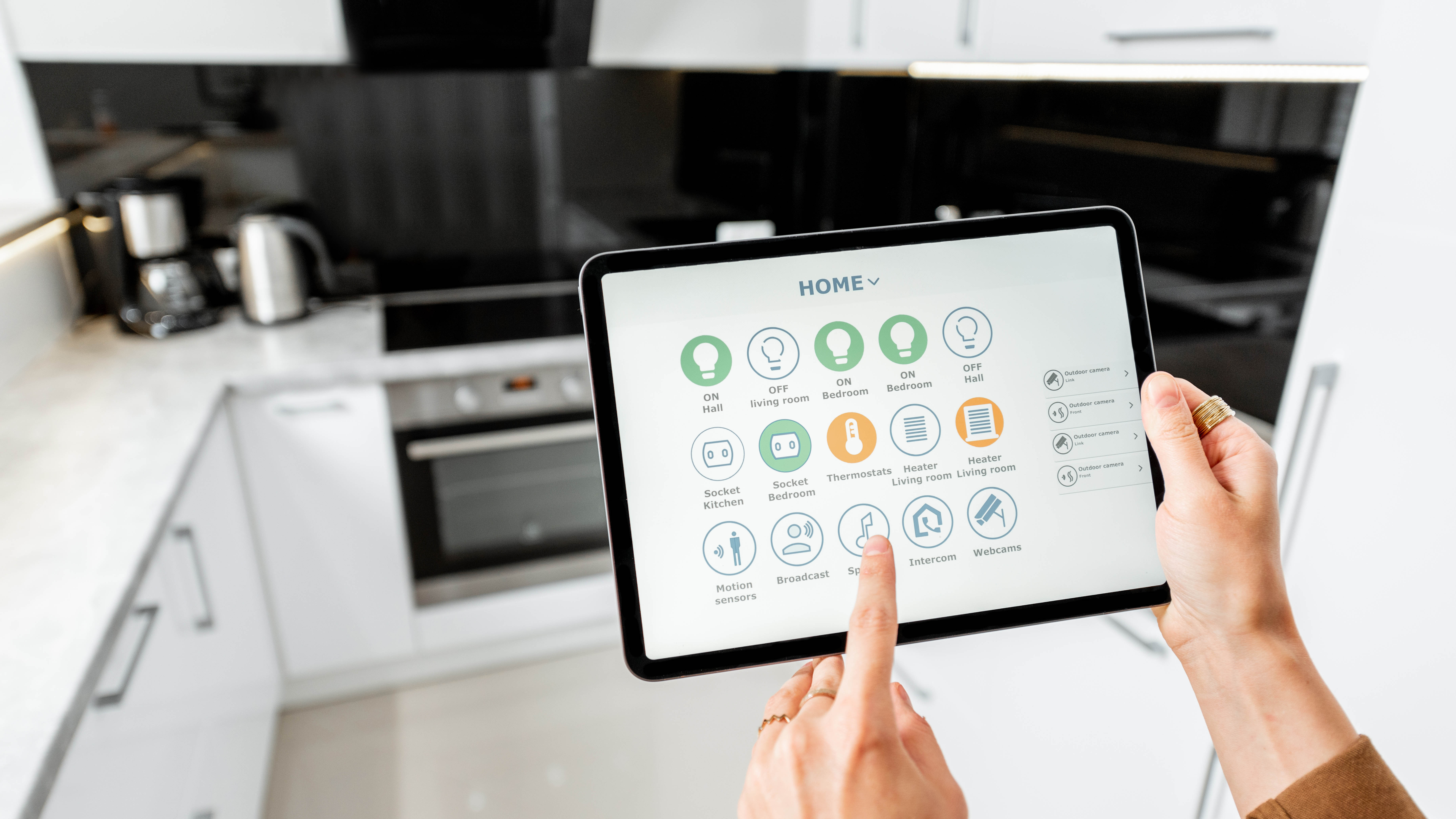
Once you’ve got your smart home up and running and are enjoying the benefits it delivers, don’t forget about the maintenance. “They need regular firmware updates for functionality, as well as security,” Zhang explains.
And he adds, “A vintage smart camera is the digital equivalent of having your front door open.”
To stay on top of updates, he recommends scheduling a monthly technology check-in, because he says, “It’s like changing air filters — you only realize how valuable it is when it goes pear-shaped.”
Follow Tom's Guide on Google News and add us as a preferred source to get our up-to-date news, analysis, and reviews in your feeds. Make sure to click the Follow button!
More from Tom's Guide
- 7 smart home gadgets under $50 that will make your life easier
- The best smart plugs in 2025
- The best smart lights

Camilla is the Homes Staff Writer and covers everything to do with homes and gardens. She has a wealth of editorial experience, mounting over 30 years, and covers news and features, tests products for reviews and compiles buying guides.
Her work has appeared in business and consumer titles, including Ideal Home, Real Homes, House Beautiful, Homebuilding & Renovation, and Kitchen & Bathroom Business. She’s even appeared on the cover of Your Home, writing about her own house renovation.
Although she’s obsessed with decorating her home, she also enjoys baking and trying out the latest kitchen appliances. But when she’s not inside, you’ll find her pottering about in her yard, tending to her vegetable patch or taking in her prized hydrangeas.
You must confirm your public display name before commenting
Please logout and then login again, you will then be prompted to enter your display name.
